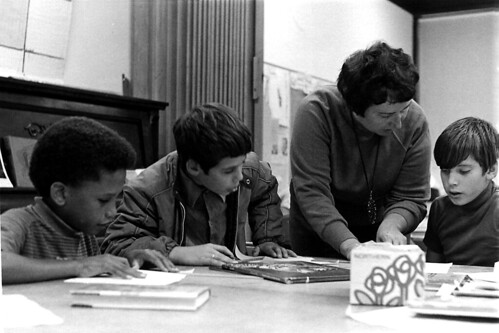
Very
often, parents and their children will not let school officials know that they
are homeless or living in substandard housing. Either the parents are too
embarrassed or do not want their children to have to endure the stigma attached
to being homeless. For whatever reason, thousands of children who attend public
schools in America are secretly homeless. Teachers are on the front line when
it comes to identifying homeless children in the classroom and should know what
signs to look for when they may suspect something is not as it should be. Once
a child is identified as homeless, there is an opportunity for support and
assistance for the child and family. However, identification and intervention
is something that must be done with ‘kit’ gloves.
Educating Teachers
Most
schools, especially those in high-risk areas, require teachers to attend
intervention training where they are given information regarding the
identification of children who are abused, neglected or homeless. Because of
the sensitive nature of these issues, teachers must be trained. It is also
important to note that although homelessness may occur more in particular areas
than others, it is possible to have children in highly affluent school districts
that are homeless as well as in both urban and rural settings.
Symptoms of Homelessness Observed in
the Classroom
Although
these symptoms do not always indicate a problem, they are flags that teachers
should watch for.
·
Fatigue
– Children who are constantly tired, show little motivation and often
fall asleep at their desk
·
Hunger
– Children who eat fast complain of being hungry or beg other students
for part of their lunch.
·
Tardiness- Children who are not in school consistently or are frequently
late.
·
Detachment
Issues – Children who do not want to part with their coat, book bag or
other personal possessions when they are in the classroom.
·
Behavior
Problems – Children who are extremely nervous, shy, withdrawn,
aggressive or anxious.
·
Poor
Personal Hygiene – Children whose clothing is ragged or who have poor
personal hygiene.
·
Forgetfulness
– Children who forget their books and homework or don’t have all the supplies
or signed paperwork that they need.
How Teachers Can Help Homeless Children
in the Classroom
If
a teacher suspects that a child may be homeless, he/she must let the school
administration know immediately. Social services will become involved, and an
investigation will ensue. In the end, when families who are hiding their homelessness
are sought out, more resources become available for not only the family but
also the children. Teachers must first focus on maintaining the child’s
privacy; no one needs to know that the child is homeless. Assigning a “buddy”
to help the homeless child feel included and accepted works well with younger
children. Homeless children enjoy a special classroom job and respond well to
encouragement and rewards. Teachers can also help the child to participate as
much as possible in field trips, class projects and special activities by
finding the necessary resources to support such activities. In short, teachers
must do everything they can to make sure a homeless child’s educational
experience is as “normal” as possible.
About the Author: Susan Patterson is a freelance writer who writes on a number of
social issues. She recently wrote an article outlining the benefit of using information and referral software.
No comments:
Post a Comment